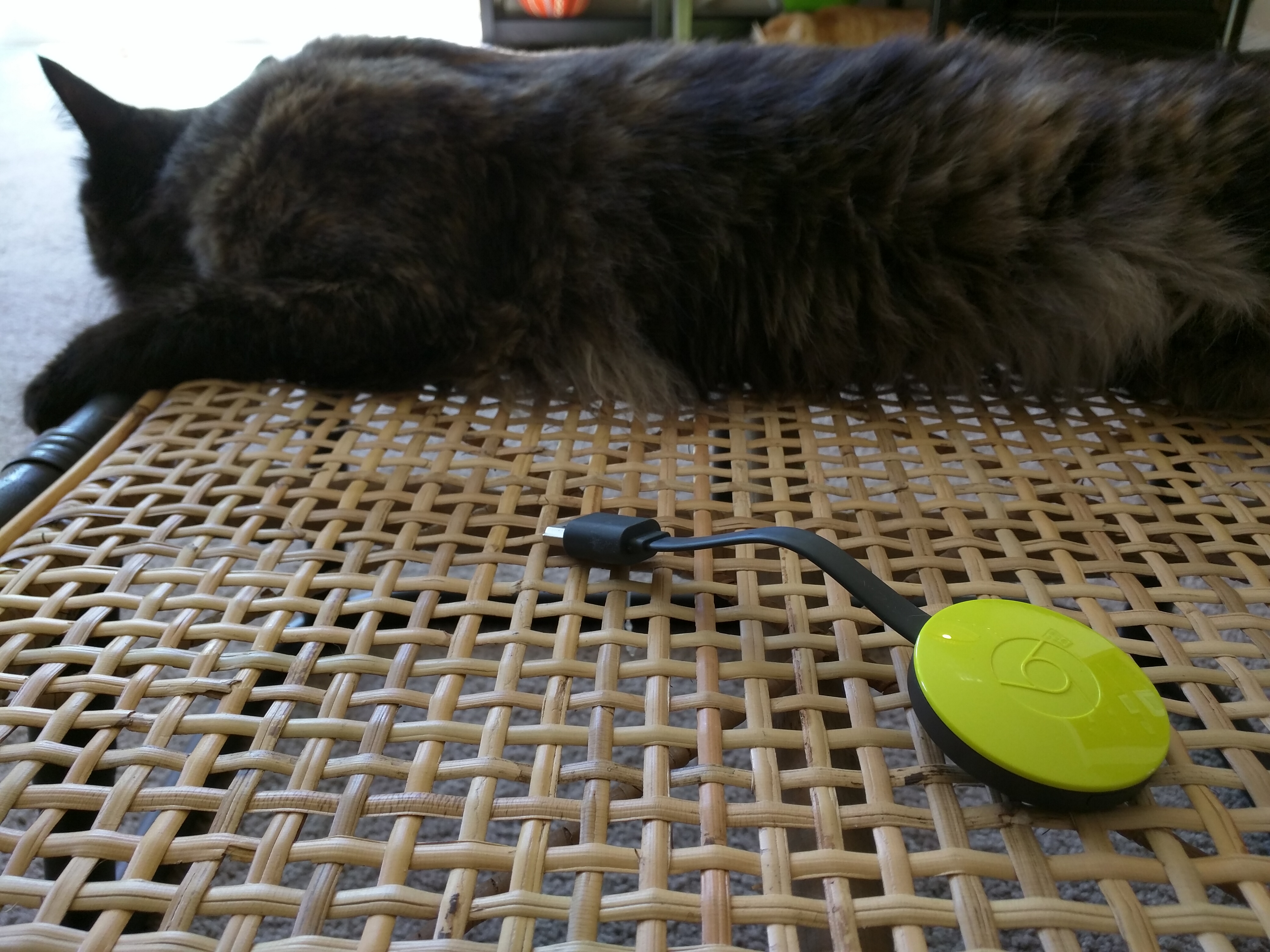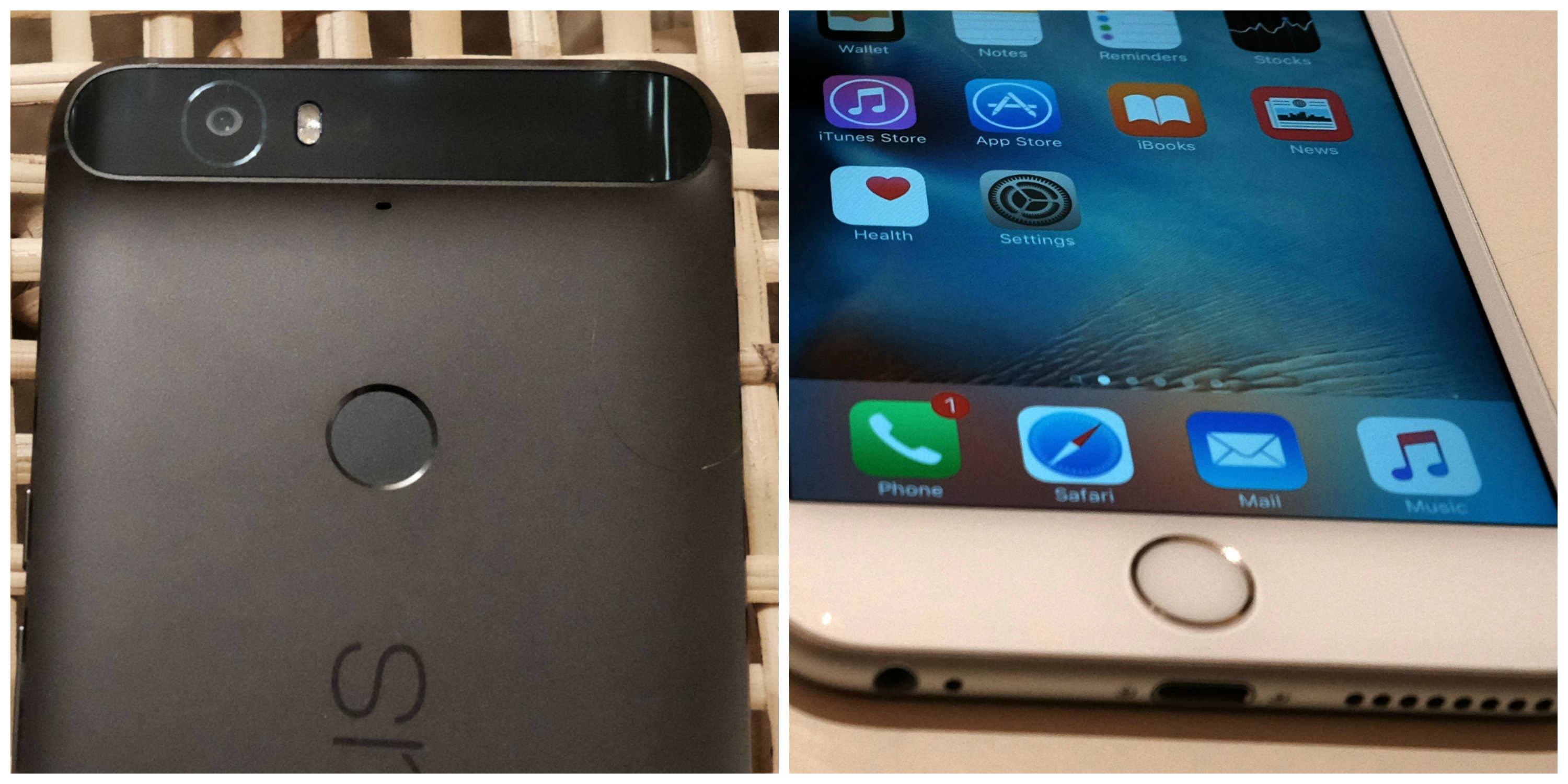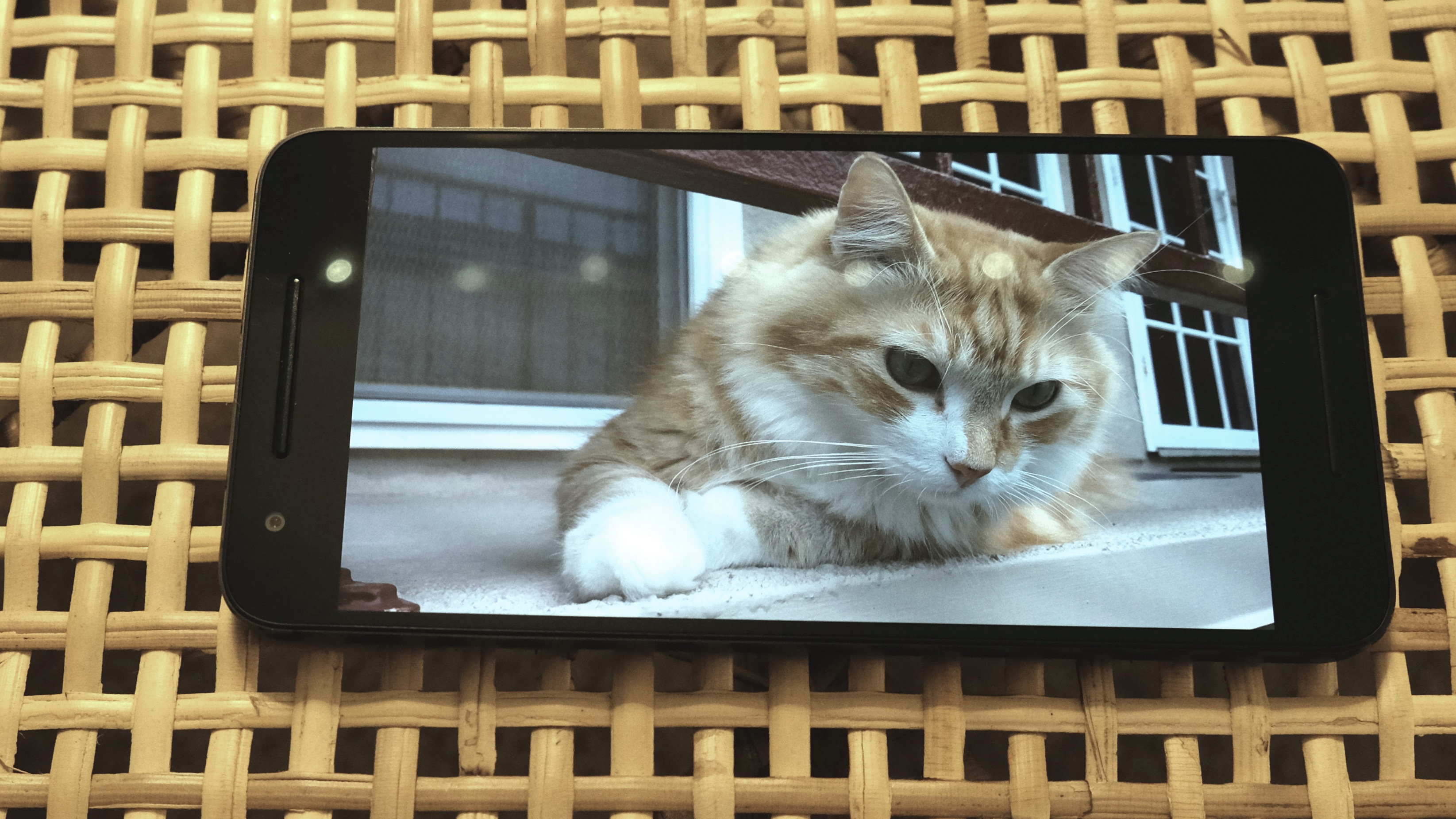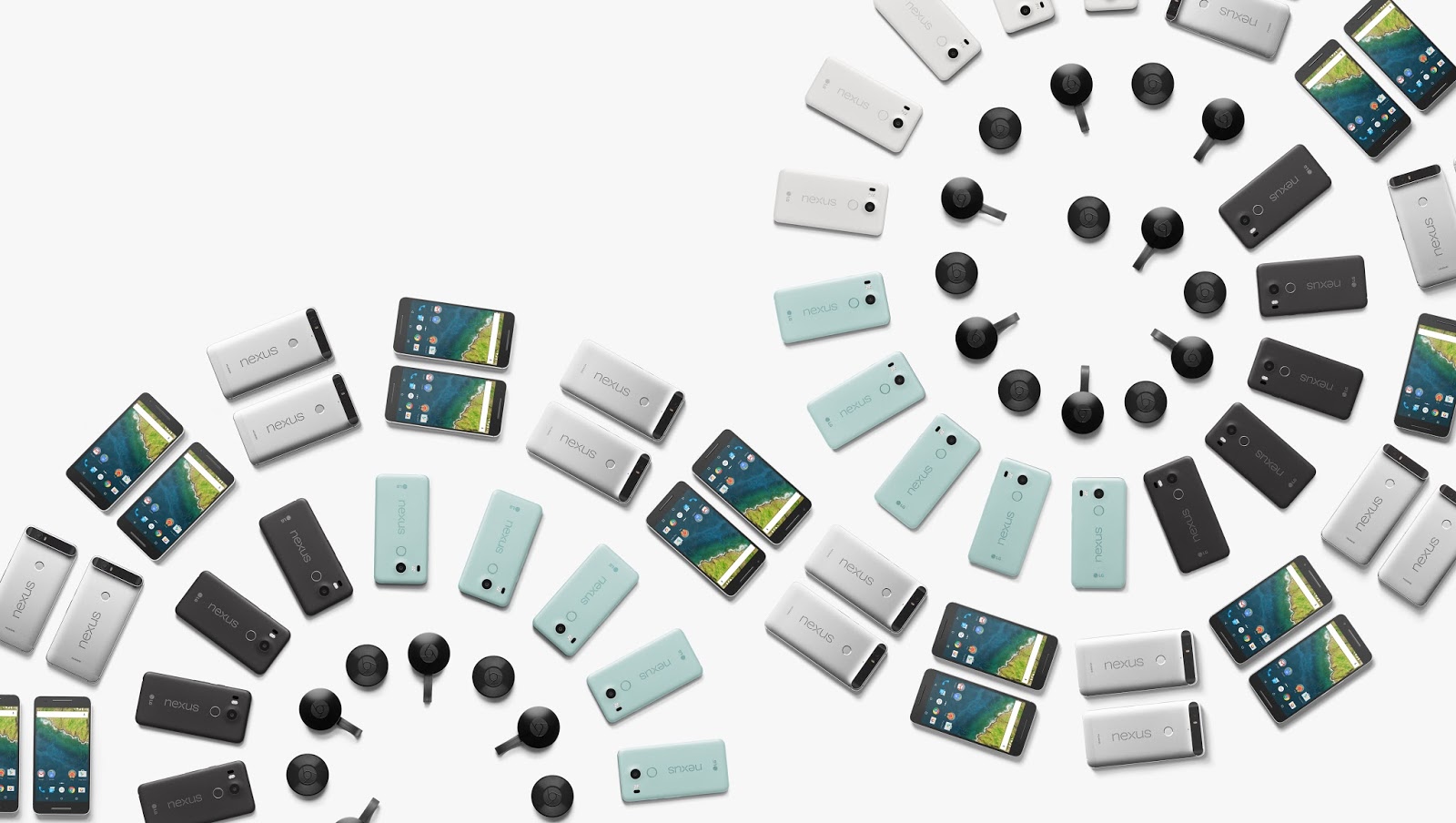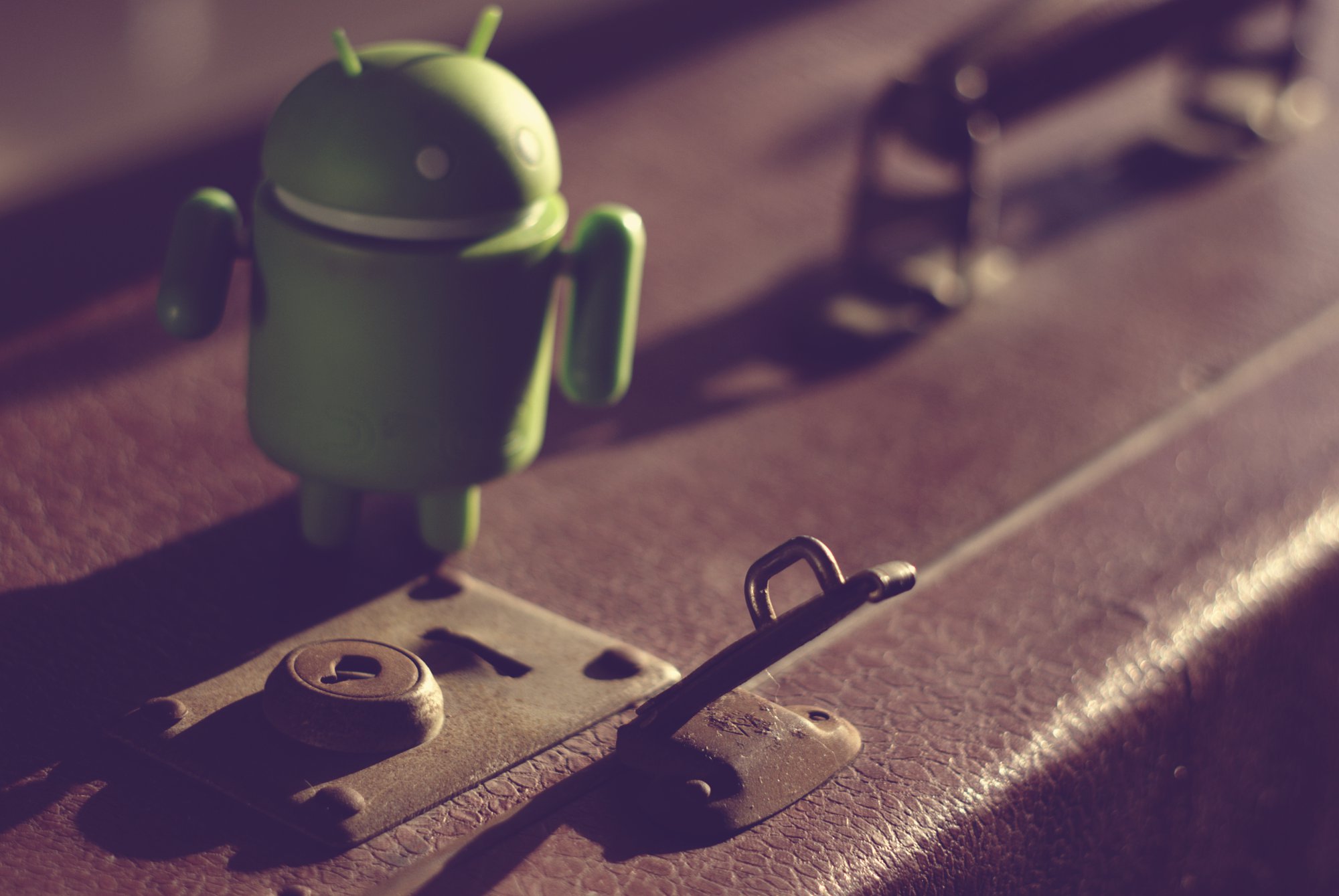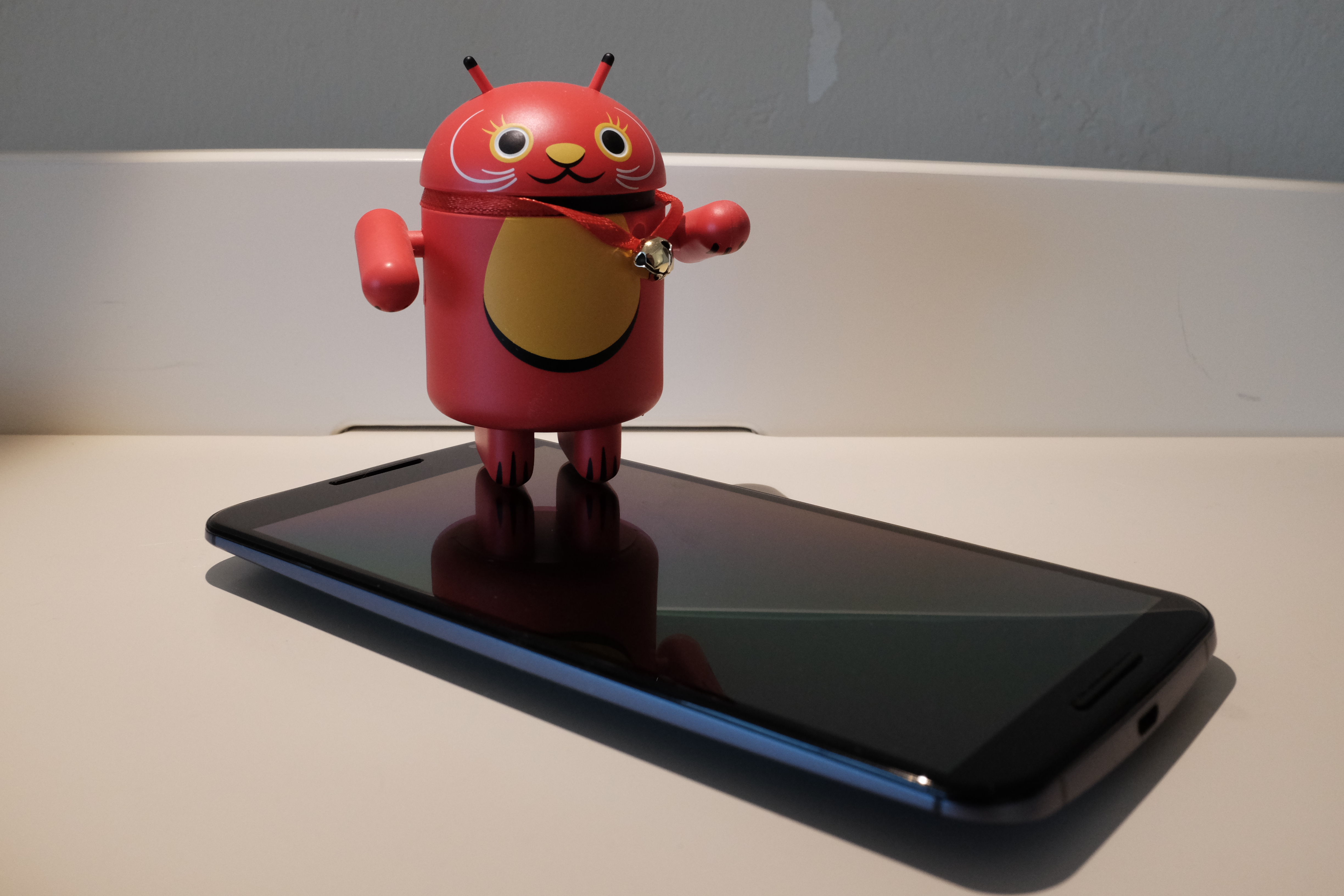Today, Microsoft started selling Surface Pro 4 and Surface Book, and I strongly considered buying either. During the past 10 days, I visited the company’s Fashion Valley store four different times specifically to play with the devices. The hardware dazzles, but I couldn’t get beyond Windows 10 when compared to benefits I receive using Chromebook Pixel LS. SB’s price, which starts at $1,499, is another impediment.
There is something to be said for straightforward, simple, and efficient computing, which Google gets right. Contextual sync is among Chrome OS’s biggest benefits. Little things, like popping my camera’s SD card into Pixel’s slot and the laptop backing up photos to Google Drive, which is accessible from the file manager as if local storage. Granted, there are application gaps, but the overall user experience fills them in.
